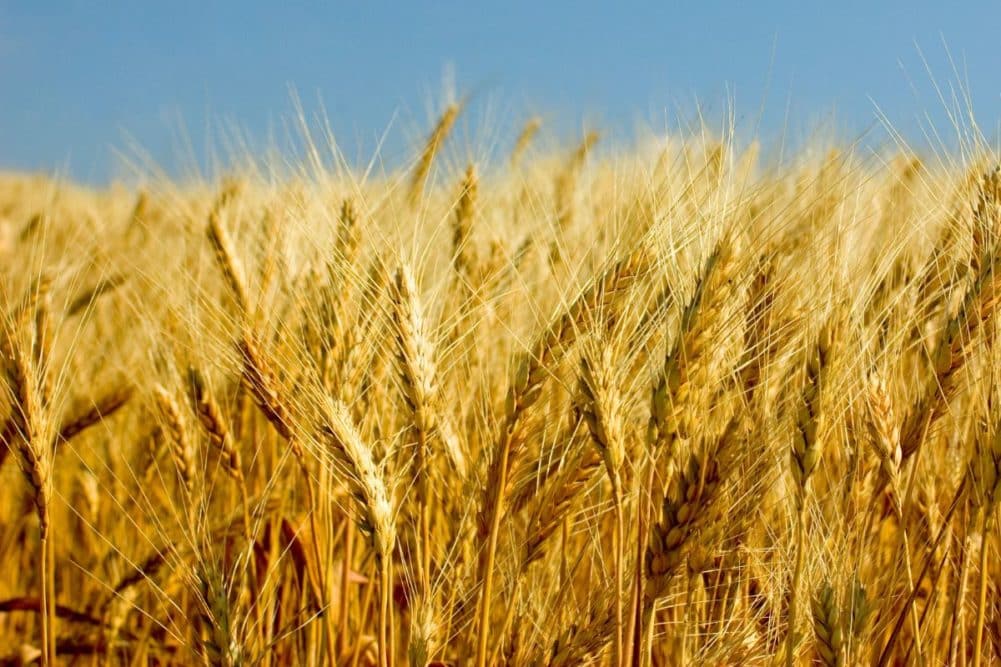
A recent insurgence of heat and dryness in western and south-central Canada’s Prairies has raised concern about spring cereal production. The region had one of its best starts to the growing season in years, and dryness kicks in while wheat and barley are reproducing, sending some chills up many producers’ spines. The marketplace does not seem overly concerned about the situation, even though some of the spring wheat in Russia is also stressed by heat and dryness.
Most of the world’s wheat production areas 2024 experienced favourable weather this year. The one key exception was Russia and the immediate neighbouring regions in western Kazakhstan and eastern Ukraine, where dryness was a constant battle. Winter wheat production was significantly reduced in these areas because of drought and late-season frost and freezes. Since then, Russia’s dryness has not gone away, but it has helped to mature winter crops and support their harvest.
Recently, there has been some northward expansion of dryness across southern Russia and eastern Ukraine into spring wheat areas of Russia, raising more market concerns about overall production from that nation. Recent weather brought daily high temperatures into the 90s and near 100°F while rainfall was minimal. These conditions have stressed corn, soybeans, and sunseed and begun to impact spring wheat and barley produced from southeastern portions of Russia’s Central Region to the Middle Volga River Basin and southern Ural Mountains region.
The next few weeks will prove to be most interesting for Russia and Ukraine production potential for many crops.
A problem with Russia spring wheat production in 2024 would not likely go over very well this year after reduced winter cereal production. It is not unusual for years in which El Niño events translate to neutral ENSO conditions and then eventually to La Niña that Russian grain and oilseed production is challenged and usually comes up short relative to other years of production. The winter wheat crop has already been reduced, and enough dryness and heat from eastern Ukraine to western Kazakhstan have prevailed in recent weeks to threaten some of the region’s summer crops, such as sunseed, corn, and soybeans.
The recent development of high pressure over western Russia and Ukraine stimulated the heat and dryness noted above, and it has allowed dryness in summer crop areas to expand northward into spring cereal production areas. Any persistence of this pattern could significantly impact Russia’s 2024 grain and oilseed production. An advertised break from the hottest and driest weather is just beginning. A general soaking of rain is unlikely, but cooling is expected, and that should help conserve what is left of the moisture profiled in spring and summer crop areas.
The next few weeks will be most interesting for Russia and Ukraine’s crop production potential. This tendency is even more critical to world trade because Canada’s Prairies are suddenly trending into a drier and warmer weather bias. Crop conditions rated quite favourably in late June and early July are suddenly drying out just as reproduction begins.
The biggest threat to Canada’s production this summer may be canola and spring cereals. The next few weeks will be critically important for Russia and Canada. Any persistence of hot, dry weather will likely hurt production and could help lead to a rebounding futures market after a fantastic sell-off in recent weeks. World Weather, Inc. believes that dryness and heat in both countries will not reach extremes during the balance of the growing season and “some” timely rain will fall to limit the fall in production; however, production is not likely to swing back to the ideal level that was once expected.
Warmer-than-usual temperatures are predicted for crops in Canada, Russia, Ukraine, and Kazakhstan. No prolonged temperature extremes are expected, which should help crops get to the finish line of reproduction without significant losses. Some reduced yield is inevitable for crops in both regions of the world, but the damage done to production should be minor enough to keep the world supply of small grains sufficient to prevent a perceived or actual shortage of small grains.
The reduced production from Canada and Russia should be closely monitored; however, the odds are that Australia and Argentina will have excellent crops in 2024. Australia’s wheat and barley development is off to a good start, and sufficient rain in the next few weeks will raise soil moisture for a quick and aggressive start to the growing season, which resumes in late August and September after crop semi-dormancy.
Argentina’s wheat planting is nearly complete. The nation has trended a little dry in recent weeks, but it has also been more relaxed than usual during much of autumn and winter, which has limited plant moisture demand and conserved soil moisture. Rain should occur in timely intervals during the balance of the winter season, suggesting a well-established wheat and barley crop is likely. The delayed arrival of La Niña and possible weak to non-traditional La Niña influence on the world in the third and fourth quarters of 2024 suggests there is potential for timely rainfall that will support a much larger-than-usual winter cereal crop.
Suppose Australia and Argentina’s production is as good as expected. In that case, the impact of lost production from Canada and Russia might be at least partially countered, limiting the upside potential in future prices unless another large production area of the world comes up with a production issue.
